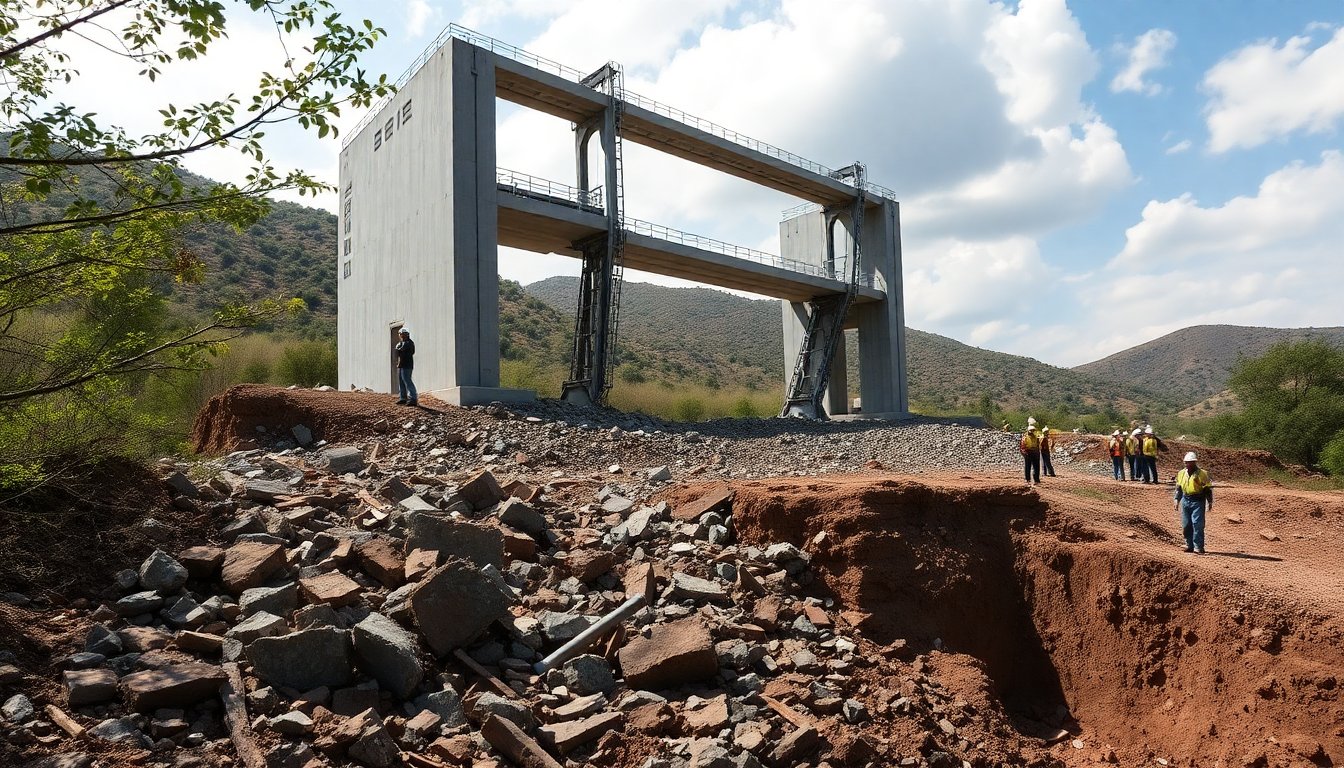Table of Contents
The recent collapse of the Hongqi Bridge in southwestern China has raised significant concerns regarding the safety of infrastructure in difficult terrains. Officially opened just weeks ago, this modern bridge was intended to connect two vital areas. However, a sudden landslide on November 11 led to its partial collapse, fortunately without any reported casualties.
This incident has sparked questions about the safety measures implemented for such projects.
Measuring approximately 758 meters, the Hongqi Bridge was hailed as an important engineering achievement, designed to improve travel in a region characterized by rugged mountains. The landslide that caused the bridge’s damage has prompted local authorities to investigate potential design flaws and the overall stability of similar structures in challenging environments.
Understanding the cause of the collapse
On the afternoon of November 11, a landslide struck the bridge located on the National Highway 317 in Sichuan province. This geological event has been linked to the instability of the mountainous terrain where the bridge was situated.
Reports indicate that the landslide affected one of the access ramps, resulting in significant structural damage to the bridge.
Initial warnings and safety measures
Prior to the collapse, there were indications of potential instability. During a routine inspection the day before, engineers observed signs of deformation in the slope supporting the bridge.
In response to these findings, local authorities acted quickly by evacuating vehicles and closing the area to prevent casualties. These proactive measures were essential in safeguarding individuals who might have been impacted by the collapse.
Implications for future infrastructure projects
The Hongqi Bridge was constructed by the Sichuan Road & Bridge Group, which had celebrated its completion earlier this year. This ambitious project aimed to enhance connectivity and stimulate economic growth by providing a reliable route to Tibet. However, the recent collapse raises crucial concerns about the viability of constructing similar infrastructure in regions susceptible to geological hazards.
Lessons learned from the incident
This incident serves as a vital reminder of the necessity for thorough geological assessments before initiating construction projects in mountainous areas. It underscores the need for strict safety protocols and ongoing monitoring of infrastructure, especially in regions vulnerable to natural disasters like landslides. In the future, authorities must prioritize evaluations of existing structures and ensure that upcoming projects integrate advanced engineering practices capable of withstanding unpredictable natural forces.
While the collapse of the Hongqi Bridge might have been preventable with better foresight and precautions, it highlights the persistent challenges that engineers and planners encounter when developing infrastructure in difficult terrains. As the investigation progresses, the insights gained may inform best practices for future projects, ultimately enhancing the safety and reliability of bridges and roads in similar geographic locations.





